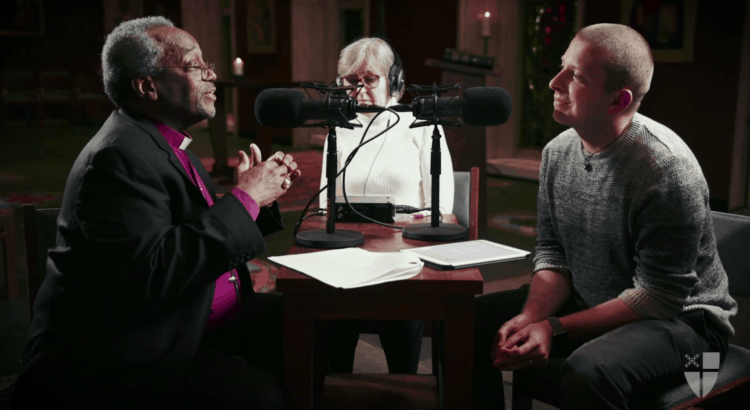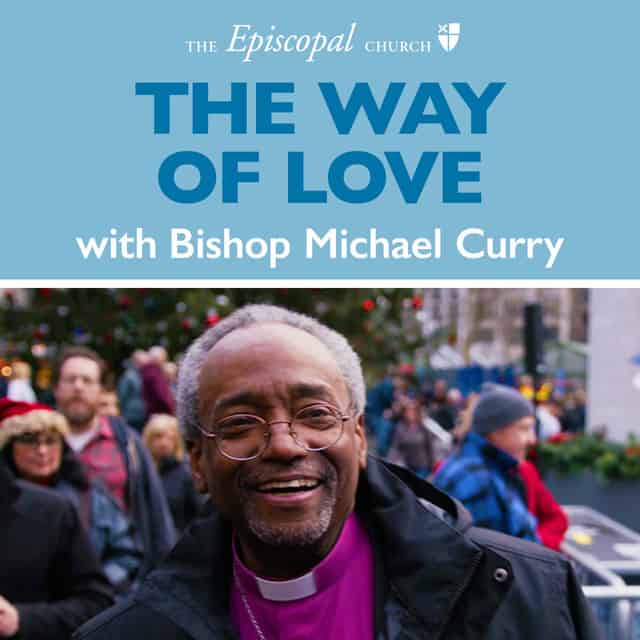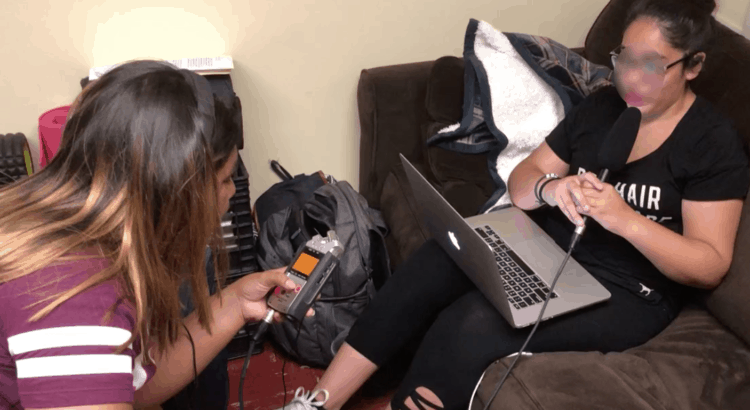At this point I’m almost not sure what to say to you about the great privilege of developing, co-producing, and editing The Way of Love with Bishop Michael Curry. It’s a very strange experience for something to be at least semi-secret for such a long time and then suddenly come on the scene with hundreds of Facebook shares and thousands of downloads.
I can certainly say that I’ve never worked on a media project this big before. And that that is both thrilling and terrifying.
More than a year ago, the Rev. Canon Stephanie Spellers reached out to me about the possibility of a podcast featuring Bishop Curry. It’s a really natural fit—he’s just as compelling a conversationalist as a preacher, in my opinion. This would be a teaching podcast, a Christian formation podcast.
And then the Way of Love happened (the vision, not the show, obviously). And then the Royal Wedding Sermon happened. And then General Convention happened. I think that was the order.
So 2018 was a pretty busy and exciting year for The Episcopal Church. And all of this added both urgency and a clarity about how to approach the show.
Of course, 2018 was also a busy and exciting year for the Saylor-Olivers. I am monumentally grateful that things aligned such that I was hired to produce the show just as we were arriving in San Francisco. I can’t imagine how different the emotional dynamic of the move would have been if I hadn’t had this big, satisfying project to sink my teeth into. (Plus there’s the fact that SF is just stupid expensive.)
This video trailer and this audio one both do a pretty good job of capturing what the show is actually about. Our goal is to make more concrete and more accessible the various practices that make up the Way of Love:
- Turn
- Learn
- Pray
- Worship
- Bless
- Go
- Rest
The Season 1 pilot, What is the Way of Love? went live on Sunday (Pentecost, of course). It will be followed on subsequent Tuesdays by one episode per week, focused on each of the seven Way of Love practices in turn. Season 2 is already in development.
For those of you who support my media making on Patreon, I want to be 100% transparent that I am being paid by The Episcopal Church on contract to produce this show. If you appreciate what The Way of Love has to offer, I hope you’ll make a gift to the 2019 Annual Appeal—I have.
That said, the track record of projects I have created through the support of many readers, subscribers, and especially patrons was part of why I got the call to make this show, and the flexibility I have during this season of dissertating and doing mostly contract work was also essential.
So however you support my work (which you do if you’re reading this)—thank you. I couldn’t have said yes to this adventure without you.
I hope to hear from some of you with feedback about the show. And I hope you’ll rate and review us on Apple Podcasts and/or share with a friend.
Onward!


